Pinot Gris and Riesling are two popular white wines that are adored by many wine drinkers and enthusiasts around the world. Each has its own unique flavor and characteristics, which set them apart from each other. Knowing the differences between these two exquisite wines can enhance one’s enjoyment and expand their wine knowledge.
The origins of Pinot Gris and Riesling date back to Europe, with the Pinot Gris grape first originating from the Alsace region of France and Riesling from the Rhine region of Germany. Both grape varieties have distinct wine production methods which contribute to their individual taste profiles, making them ideal candidates for various food pairings.
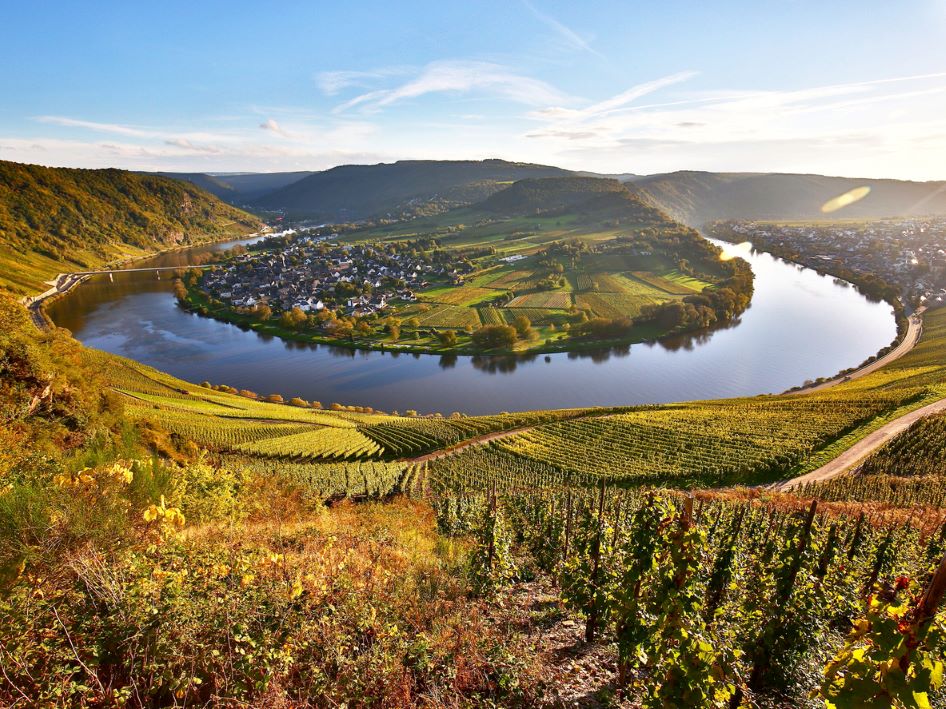
In Italy this varietal is known as Pinot Grigio. This underlines the expression of terroir this grape varietal is able to do.
Pinot Gris and Riesling continue to be cherished by wine lovers everywhere due to their unique taste profiles, versatile pairing options, and rich heritage. Selecting between these two varieties ultimately comes down to personal preference and the specific occasion.
Key Takeaways
- Pinot Gris grapes and Riesling grapes have European origins and unique production methods
- Both wines exhibit distinct taste profiles that influence their pairing options
- Choice of wine depends on personal preference and the occasion
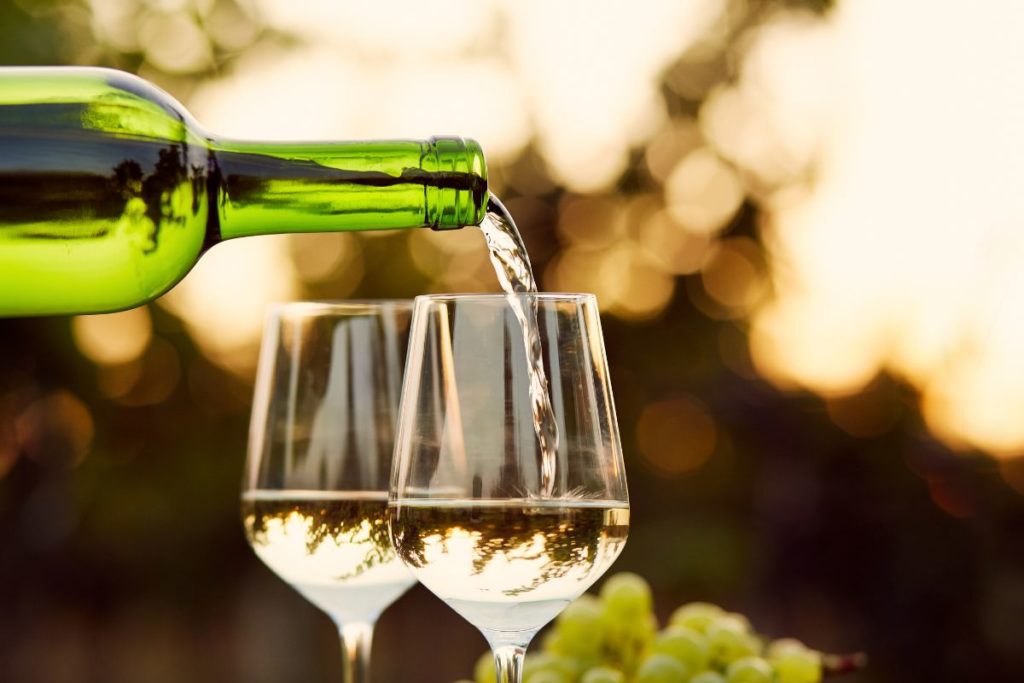
Origins of Riesling vs Pinot Grigio
History of Pinot Gris
Pinot Gris, also known as Pinot Grigio, is a white grape variety that originated in France. It is believed to have descended from the Pinot Noir grape. The grape’s first recorded appearance was in the early 14th century in Bourgogne, France.
However, it gained popularity in the Alsace region, where it has been cultivated since the 16th century. The grape spread throughout Europe, with Italy becoming a key producer of the Pinot Grigio style.
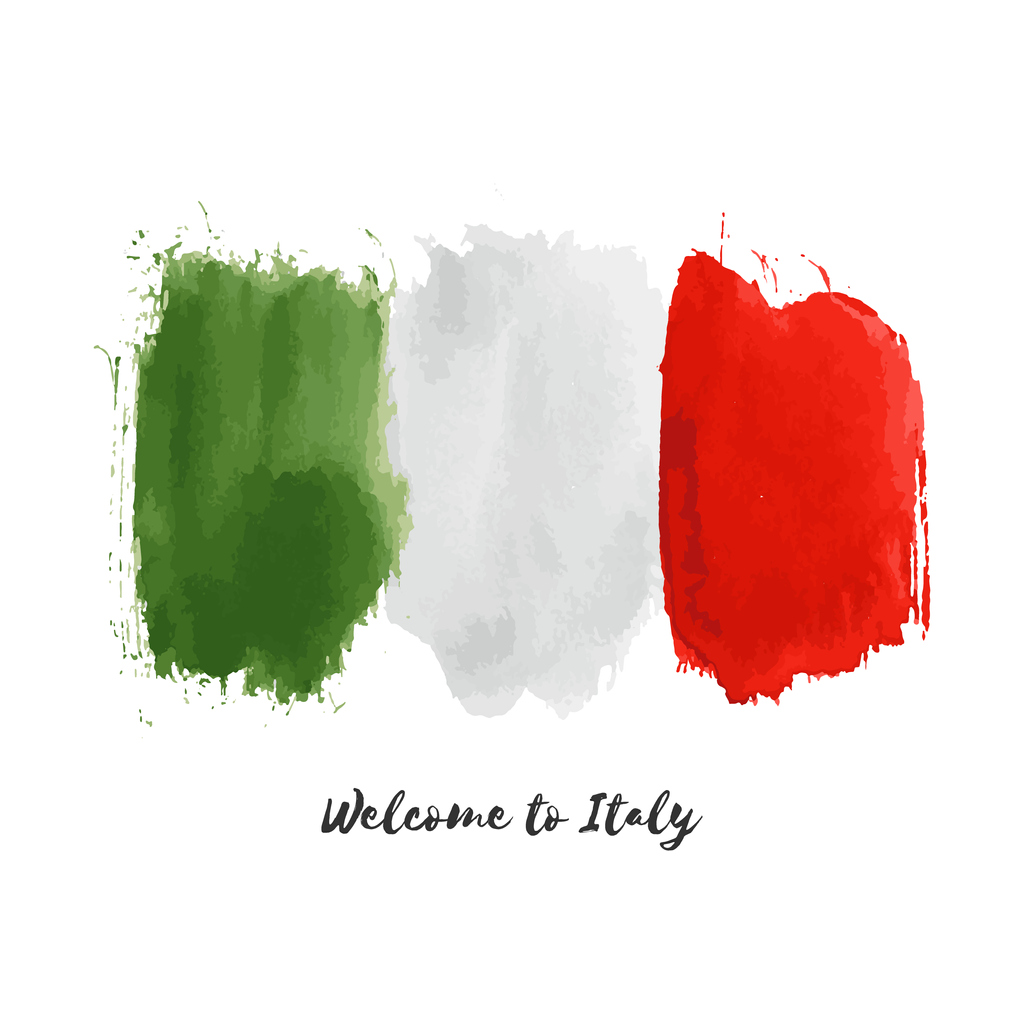
In the late 20th century, Pinot Gris began gaining traction in the New World wine regions, such as the United States (particularly Oregon), Australia and New Zealand. Its popularity was fueled by consumers seeking an alternative to Chardonnay, as well as its more versatile wine and food pairing qualities.
History of Riesling
Riesling is a white grape variety predominantly found in Germany, where it has grown along the banks of the Rhine and Mosel rivers for centuries. It is believed to have originated around the 15th century in the slopes of the Rheingau region. The Riesling grape first gained international recognition in the late 18th and early 19th centuries, as sommeliers prized its distinctive characteristics and aging potential.

Over time, Riesling white wines spread to other countries, with notable plantings in the French Alsace region, Austria, Australia, and the United States (especially in the Pacific Northwest). The grape’s ability to thrive in a range of climates and soil types has solidified its status as a world-class varietal, consistently producing high-quality wines with diverse flavor profiles.
Wine Production Methods Riesling vs Pinot Grigio
Producing Pinot Gris
Pinot Gris is a grape variety that originates from the Burgundy region of France. It is now grown in various regions around the world, such as Italy as Pinot Grigio, in Germany as Grauburgunder, and the United States. The production of Pinot Gris involves specific methods to achieve its unique flavor profile.
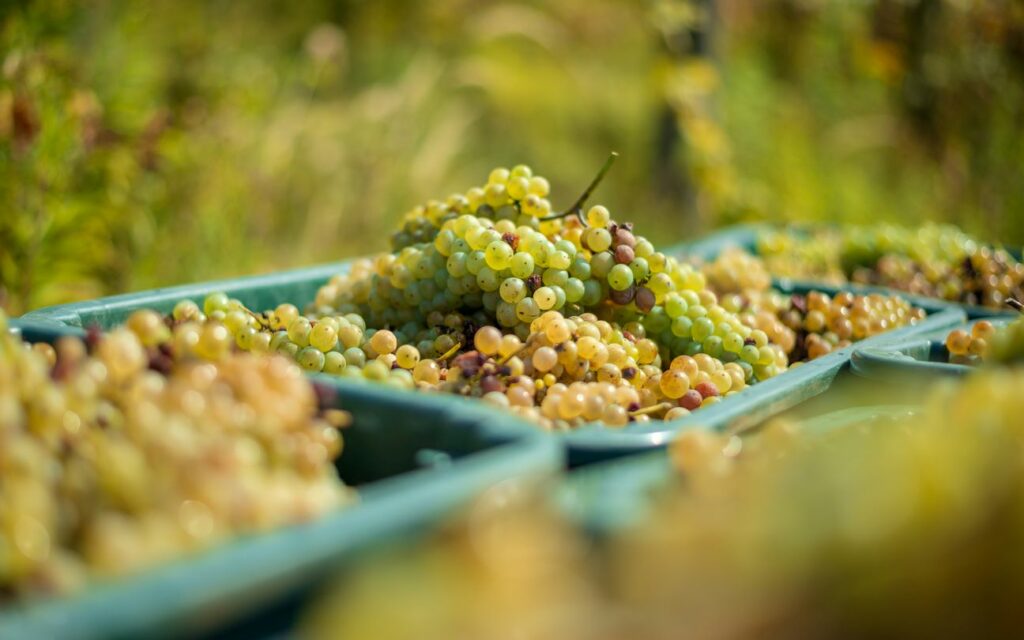
Harvest
First, the grapes are harvested when they reach optimal ripeness. They are then pressed gently to extract the juice while minimizing skin contact. This process helps maintain the delicate fruity flavors and aromas of the grape. Some winemakers may choose to do a cold soak before pressing, which can enhance the wine’s complexity.
Fermentation
Fermentation of the juice takes place at low temperatures, usually ranging from 12-18°C (54-64°F). This slow, cool fermentation preserves the more fruity flavor and floral notes in the wine. The choice of yeast can also have an impact on the finished wine’s flavor profile, with some strains imparting more of fruity flavors or floral characteristics.
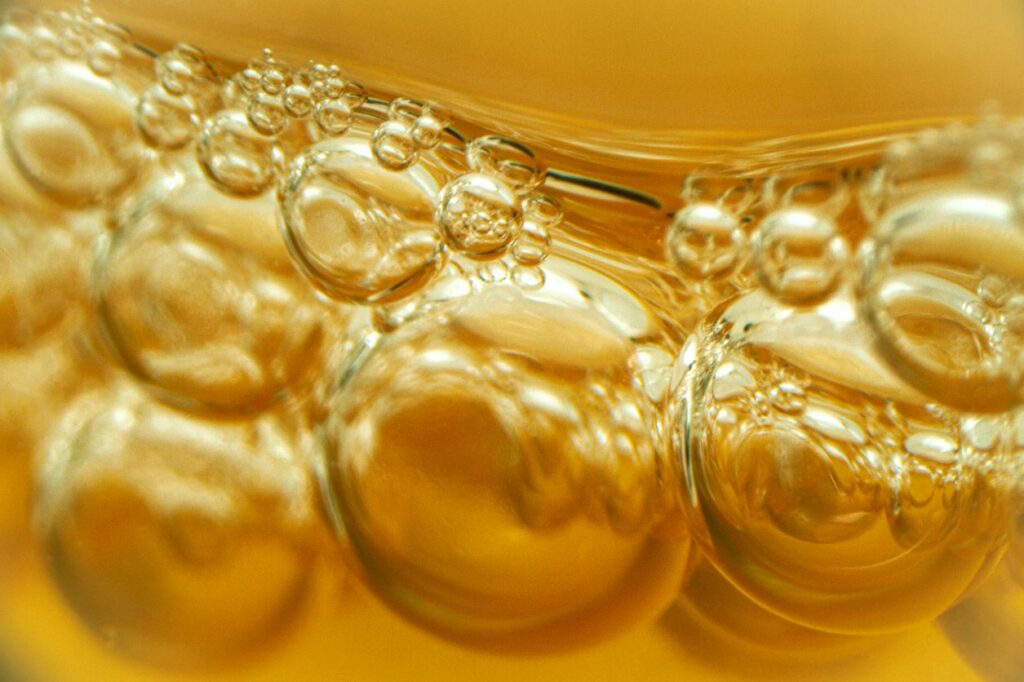
Ageing
After fermentation, the wine is often aged on its lees (the dead yeast cells) for a period of time. This helps to add richness and texture to the finished wine. The aging process may take place in stainless steel tanks, oak barrels, or a combination of both, depending on the winemaker’s desired style for their Pinot Gris.

Producing Riesling
Riesling is a grape variety that originates from the Rhine region of Germany. It is known for its ability to reflect the unique characteristics of its growing site and displays a wide range of flavors and floral aromas.
The production of Riesling involves different methods depending on the desired style of the wine which can range from bone dry to lusciously sweet.
Harvest
The harvesting of Riesling grapes is critical, as it greatly influences the balance of sugar and acidity. Grapes meant for dry Riesling wine styles, are harvested earlier, while grapes for late-harvest or dessert-style wines are picked when they have reached a higher sugar concentration.
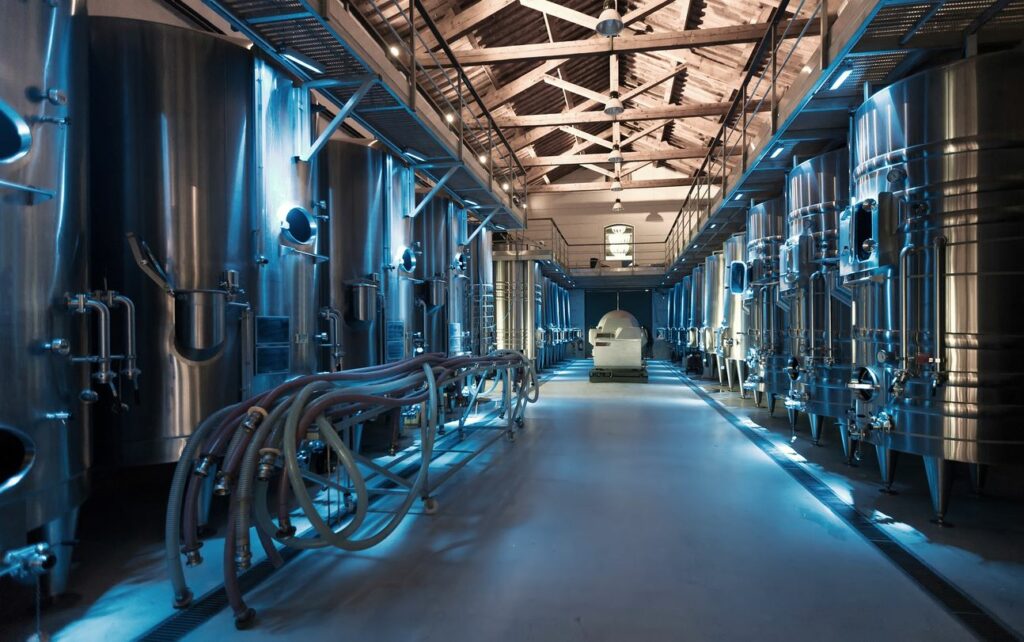
Fermentation
Fermentation usually takes place at low temperatures, between 10-15°C (50-60°F), to preserve both the wine itself’s aromatic qualities. The fermentation process can be stopped at various points to control the level of residual sugar in the finished wine.
This gives winemakers the ability to produce Rieslings with varying levels of sweetness, from dry to off-dry, semi-sweet, and sweet.
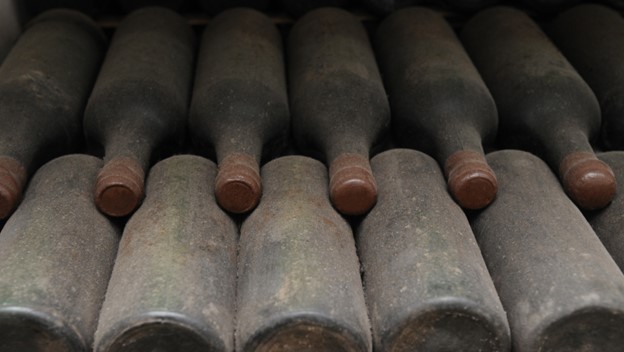
Ageing
Riesling wines are often aged in stainless steel tanks or neutral oak to retain their bright fruit flavors and crisp acidity. However, some winemakers may choose to age their Riesling in oak barrels for added complexity and structure. The aging process for Riesling wines can vary, with some ready for consumption shortly after bottling, while others can age gracefully for decades.
Taste Profiles Riesling vs Pinot Grigio
Flavor of Pinot Gris
Pinot Gris is a white wine that typically presents a light and refreshing taste, making it a popular choice for warm weather events. The flavor profile of Pinot Gris tends to be fruity and may consist of ripe pear, green apple, and white peach notes. Additionally, hints of other citrus fruits and floral elements may also be detected.

In terms of acidity, Pinot Gris is typically moderate and provides a crisp and refreshing sensation that balances out the fruit flavors. The body of Pinot Gris ranges from light to medium, depending on the region it is produced in. Furthermore, this wine is generally enjoyed young and consumed shortly after production, allowing the bright flavors to shine through.
Flavor of Riesling
Riesling, another white wine, is known for its complex and highly aromatic flavor profile. The primary fruit flavors found in Riesling include green apple, lime, lemon, apricot, and nectarine, often accompanied by floral and honey undertones.
Riesling has a high acidity, which often lends a distinct and vibrant character to the wine. This makes it a refreshing option in warmer months. This high acidity also contributes to Riesling’s ability to age well, with some bottles improving over many years.

The body of this wine varies, as it can be light, medium or full-bodied, depending on the region and production style.
Unlike Pinot Gris, Riesling wines can range from dry to sweet, with the sweetness level indicated on the label for consumer knowledge. As Riesling grapes ripen, their sugar levels increase, and winemakers have the choice to create a sweeter wine or drier wine accordingly.
Riesling’s sweetness can be a striking counterbalance to the wine’s refreshing acidity, creating a unique and enjoyable drinking experience. Riesling sweet styles are mostly found among late harvest wines or ice wines. Sweet Riesling is often used as a dessert wine.
Pairing Suggestions Riesling vs Pinot Grigio
Food with Pinot Gris
Pinot Gris or Pinot Grigio pairs well with a variety of dishes. For a light meal, consider pairing it with fresh salads or seafood dishes, such as shrimp and scallops. It enhances the natural flavors of these foods without overpowering them.
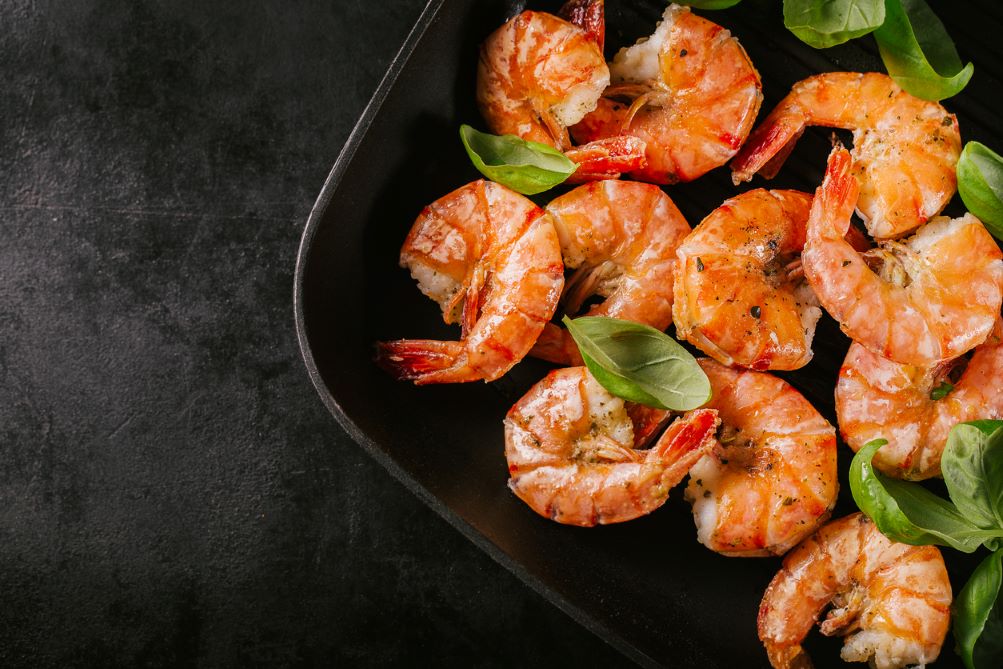
Aromatic and flavorful, Pinot Gris also compliments Asian-inspired cuisine. The wine’s subtle fruitiness pairs well with the complex spices and flavors often found in dishes like Thai curry, Vietnamese Pho, or sushi rolls.
Food with Riesling
Riesling, known for its vibrant acidity and diverse flavor profile, pairs particularly well with zesty and spicy dishes. Citrus-infused dishes, such as ceviche or lemon roasted chicken, are balanced by Riesling’s refreshing, fruit-forward flavors.

Spicy dishes, like Indian curry, Szechuan cuisine, or even Mexican food, can benefit from Riesling’s ability to cool the palate. Sweeter Rieslings, in particular, complement spicy dishes, creating a pleasant balance of heat and sweetness.
Nutritional Facts Riesling vs Pinot Grigio
Pinot Gris Nutrition
Pinot Gris, also known as Pinot Grigio in Italy, is a popular family of white wines that originates from the Alsace region of France. When it comes to nutrition, a standard serving size of 5 ounces (148ml) of Pinot Gris contains:
- Calories: 122
- Carbohydrates: 3.2g
- Fat: 0g
- Protein: 0.1g
It is important to note that the nutritional values may vary slightly depending on the specific brand or producer. Pinot Gris tends to have a moderate alcohol content, generally ranging between 12% and 15%.
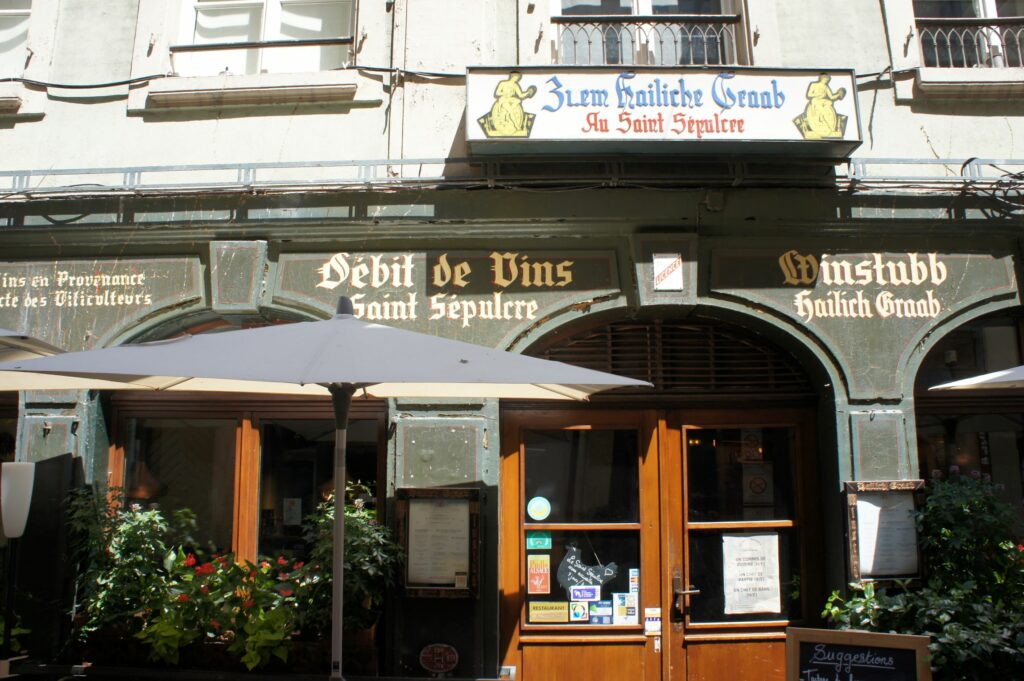
Riesling Nutrition
Riesling is another popular, white wine grape variety that originates from Germany. Nutritionally, a standard serving size of 5 ounces (148ml) of Riesling contains:
- Calories: 118
- Carbohydrates: 5.5g
- Fat: 0g
- Protein: 0.1g
Similar to Pinot Gris, the nutritional values can vary depending on the brand or producer. Riesling wines typically have a lower alcohol content compared to some other white wines, ranging between 8% and 12%.

Both Pinot Gris and Riesling wines are relatively low in calories compared to other alcoholic beverages, making them a reasonable choice for those watching their caloric intake. However, it’s crucial to enjoy them in moderation, as excessive alcohol consumption can have negative effects on one’s health.
Popular Brands Riesling vs Pinot Grigio
Top Pinot Gris Producers
1. Willamette Valley Vineyards – Located in Oregon, this winery is known for their Pinot Gris that showcases crisp acidity and vibrant fruit flavors. Their estate-grown Pinot Gris has consistently received high ratings from wine critics.
2. King Estate Winery – Also situated in Oregon’s Willamette Valley, King Estate produces a range of Pinot Gris wines known for their rich floral aromas, complexity, and mineral notes. They focus on sustainable and organic farming practices.

3. Jermann – Based in the Friuli-Venezia Giulia region of Italy, Jermann is known for their Pinot Grigio – the Italian name for Pinot Gris. Their wines are characterized by bright acidity, refreshing citrus flavors, and a hint of minerality.
Top Riesling Producers
1. Dr. Loosen – Hailing from the Mosel region of Germany, Dr. Loosen is renowned for their elegant, aromatic Rieslings with a pronounced minerality. They offer a range of styles, from dry to sweet, and have consistently garnered critical acclaim.
2. Chateau Ste. Michelle – As an iconic winery in Washington State, Chateau Ste. Michelle has a reputation for producing Rieslings that balance bright acidity, ripe fruit flavors, and a hint of sweetness. They are the largest Riesling producer in the United States.
3. Joh. Jos. Prüm – This family-run winery from Germany’s Mosel region has a long history of producing Rieslings that are both expressive and age-worthy. Their wines are known for their racy acidity, delicate fruit flavors, and distinctive minerality.
Conclusion – Riesling vs Pinot Grigio
Pinot Gris and Riesling are distinct white wines, each with their own unique characteristics and flavor profiles. Pinot Gris, originating from France, tends to have a fuller body and bolder flavors, while Riesling, a German native, is a dry wine known for its high acidity and vibrant fruitiness.

When choosing between these two wine varieties, it’s essential to consider personal preferences and the context in which the wine will be consumed. Pinot Gris pairs well with rich, creamy dishes and strong flavors due to its robust nature. In contrast, Riesling shines alongside spicy cuisines, seafood, and lighter dishes with delicate flavors.
Ultimately, both Pinot Gris and Riesling offer diverse options for wine enthusiasts and can elevate various culinary experiences. Exploring different regions and producers within each wine variety will lead to a better understanding of popular wines, their nuances and the art of winemaking as a whole. With knowledge and experience, one can confidently select the perfect wine to enhance each dining occasion.

